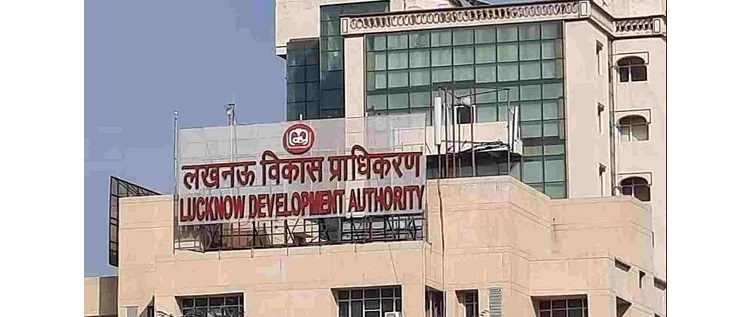E - PAPER
New Scale-Based Regulatory Framework for NBFCs
India’s central bank has proposed a scale-based regulatory framework for shadow lenders, underscoring their increasing importance in driving financial inclusion, as banking gets increasingly interconnected with the last-mile financiers that are helping millions step o
 BY
Realty Plus
BY
Realty Plus
Published - Tuesday, 08 Dec, 2020

India’s central bank has proposed a scale-based regulatory framework for shadow lenders, underscoring their increasing importance in driving financial inclusion, as banking gets increasingly interconnected with the last-mile financiers that are helping millions step on to the consumption ladder.
As per RBI, there are rapid developments in the last few years, which have led to significant increase in size and interconnectedness of the NBFC sector. There is, therefore, a need to review the regulatory framework in line with the changing risk profile of NBFCs.
A discussion paper on the framework, which will use NBFC size as the primary filter, will be out by January 15. It has been decided to carry out consultation with stakeholders before finalising revised regulatory framework. RBI intends to strengthen the governance model and capital position of the sector. There is a huge difference among NBFCs. Asset sizes range from `25 crore to `50,000 crore for large NBFCs. Hence, there is a need for a scale-based regulation. RBI will seek public comments and then take a decision based on consultations,” Das said.
Also on the anvil is strengthening of audit systems for urban co-operative banks (UCBs) and NBFCs with risk-based internal audit systems. RBI also plans to harmonise guidelines on appointment of statutory auditors and standardise supervision of UCBs and NBFCs on par with commercial banks. RBI will also formulate guidelines on dividend distribution by NBFCs. “Different categories of NBFCs would be allowed to declare dividends as per a matrix of parameters, subject to a set of generic conditions. A draft circular in this regard will be issued shortly for public comments.”
RELATED STORY VIEW MORE
TOP STORY VIEW MORE

Mixed Outlook for Australia's Housing Sector In 2024
Mixed Outlook for Australia's Housing Sector In 2024
05 December, 2024NEWS LETTER
Subscribe for our news letter
E - PAPER
-

CURRENT MONTH 
LAST MONTH














